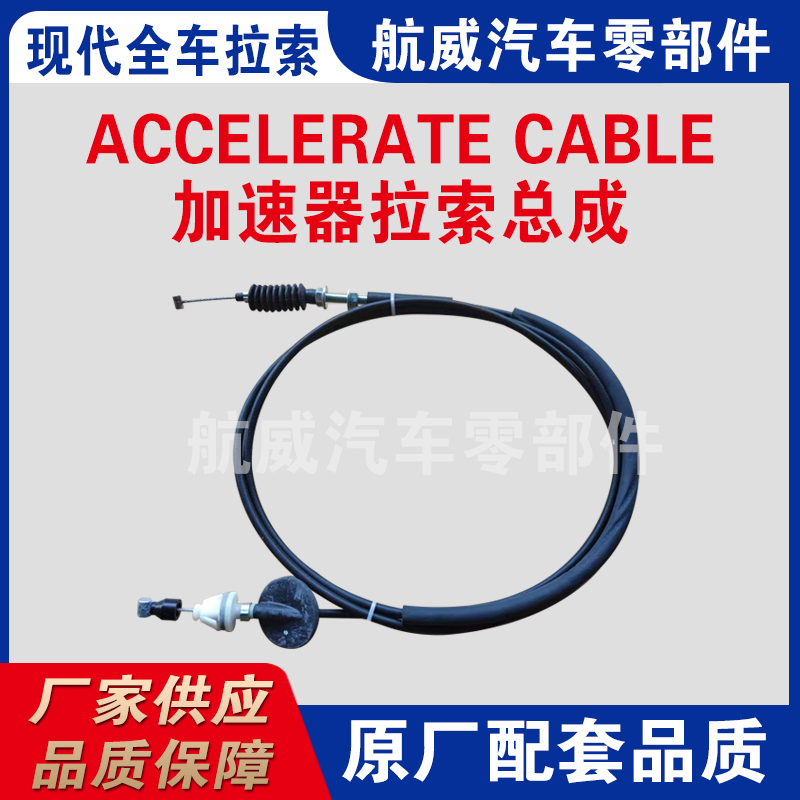Emergency Solutions When Your Handbrake Cable Has Snapped and You Need Immediate Assistance
Understanding Handbrake Cable Failure Causes, Consequences, and Solutions
Driving a vehicle comes with its own set of responsibilities, one of which is ensuring that the vehicle is in optimal working condition. Among the many components that contribute to a car's functionality, the handbrake, or emergency brake, plays a crucial role in safety, particularly when parking on inclines. A common issue that drivers may encounter is a snapped handbrake cable. In this article, we will explore the causes, potential consequences, and solutions to this problem.
Causes of Handbrake Cable Failure
Handbrake cables are designed to operate under a specific range of tension and stress. Over time, however, they can deteriorate due to several factors. One primary cause of handbrake cable failure is wear and tear. Frequent use of the handbrake, especially in heavy traffic or on hilly terrain, can lead to fraying and ultimately snapping of the cable. Additionally, environmental factors such as exposure to moisture, road salt, and extreme temperatures can accelerate the degradation of the cable material.
Another contributing factor can be improper installation or adjustment of the handbrake system. If the cable is too tight or too loose, it can lead to excessive stress on certain areas, making it more susceptible to breaking. Furthermore, rust and corrosion can weaken the cable over time, especially if the vehicle is older or not regularly maintained.
Consequences of a Snapped Handbrake Cable
The ramifications of a snapped handbrake cable can be serious. Firstly, if you have parked your vehicle on an incline and the handbrake fails, there is a risk that the vehicle could roll away, potentially causing accidents, property damage, or injury to pedestrians or other vehicles. This risk underscores the importance of having a functional handbrake system.
handbrake cable snapped

In addition to safety concerns, a broken handbrake cable can lead to increased repair costs. A snapped cable typically necessitates a full replacement rather than simple repairs. Furthermore, if the failure goes unnoticed and the driver continues to operate the vehicle, it may lead to more extensive damage to the braking system or other vehicle components, resulting in even more expensive repairs.
Solutions and Preventative Measures
To prevent handbrake cable failure, regular maintenance and inspections are key. Drivers should routinely check the condition of their handbrake system, looking for signs of fraying or rust. It is advisable to have a trusted mechanic conduct annual inspections, especially for older vehicles or those used in harsh environments.
If a driver does encounter a snapped handbrake cable, it is vital to address the issue immediately. The first step is to avoid driving the vehicle until the brake system has been repaired. Temporary measures, like using wheel chocks, can help secure the vehicle until a mechanic can address the problem.
When replacing a snapped cable, it is crucial to ensure that the new cable is of high quality and properly installed. Following the manufacturer’s specifications for installation, along with regular adjustments, can help prevent similar issues in the future.
In conclusion, while a snapped handbrake cable may seem like a minor inconvenience, it can pose significant safety risks and lead to costly repairs if not addressed promptly. By being proactive about vehicle maintenance and understanding the signs of potential cable failure, drivers can ensure safer and more reliable vehicle operation. Staying vigilant will ultimately protect not only the vehicle but also the safety of everyone on the road.
-
Upgrade Your Control with Premium Throttle CablesNewsAug.08,2025
-
Stay in Control with Premium Hand Brake CablesNewsAug.08,2025
-
Experience Unmatched Performance with Our Clutch HosesNewsAug.08,2025
-
Ensure Safety and Reliability with Premium Handbrake CablesNewsAug.08,2025
-
Enhance Your Vehicle with High-Performance Clutch LinesNewsAug.08,2025
-
Elevate Your Ride with Premium Gear CablesNewsAug.08,2025
